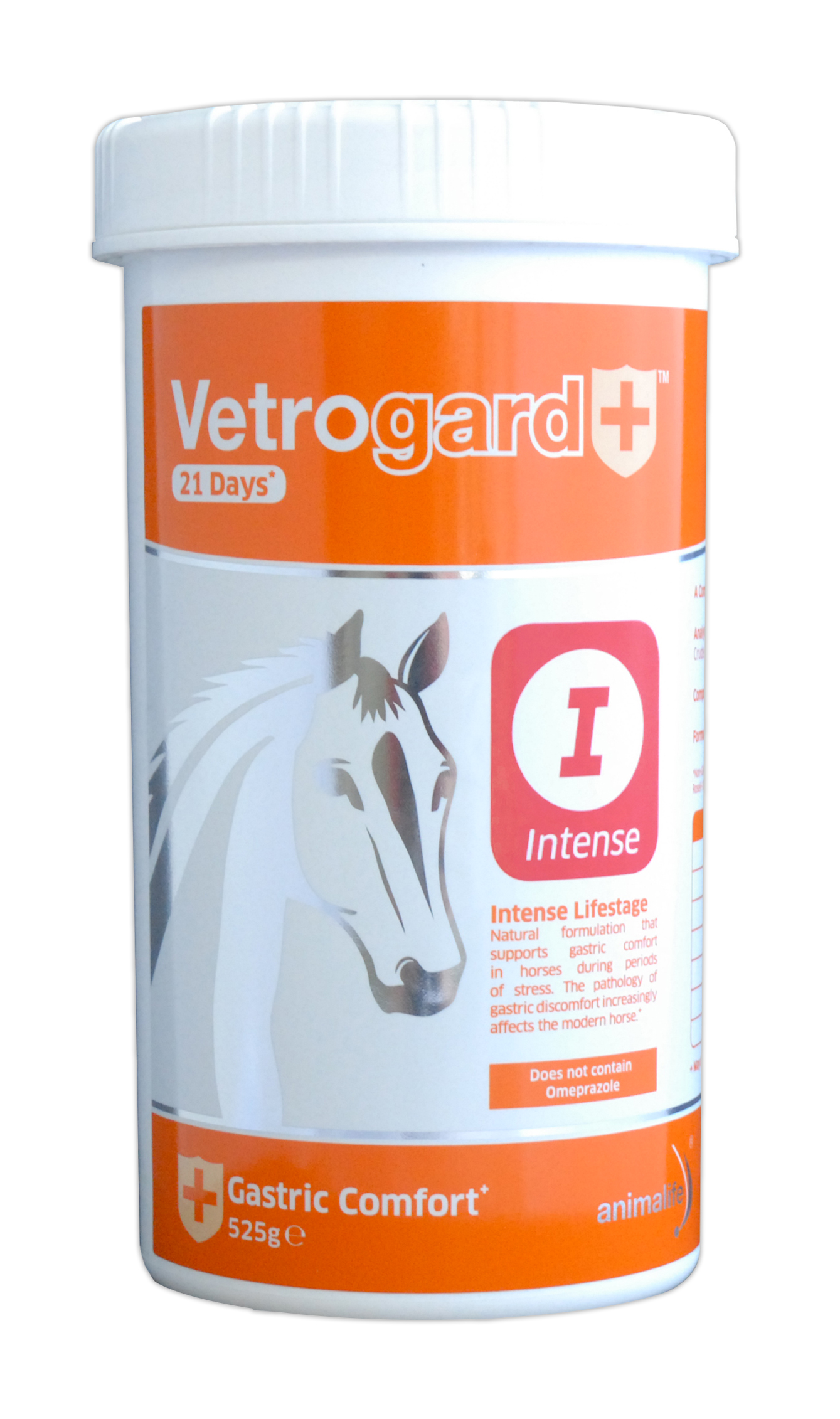The Balancing Act
By Catherine Rudenko
Key considerations when reviewing what you feed and if you should supplement
With so many feeds and supplements on the market, the feed room can soon take on the appearance of an alchemist’s cupboard. Feeding is of course an artform but one that should be based on sound science. In order to make an informed decision, there are some key questions to ask yourself and your supplier when choosing what ingredients will form your secret to success.
Question #1: What is it?
Get an overview of the products’ intended use and what category of horse they are most suited for. Not every horse in the yard will require supplementing. Whilst one could argue all horses would benefit from any supplement at some level, the real question is do they need it? Where there is a concern or clinical issue, a specific supplement is more likely warranted and is more likely to have an impact. A blanket approach for supplements is really only appropriate where the horses all have the same need (e.g., use of electrolytes).
Question #2: Is it effective?
There are many good reasons to use supplements with an ever-increasing body of research building as to how certain foods, plants or substances can influence both health and performance. Does the feed or supplement you are considering have any evidence in the form of scientific or clinical studies? Whilst the finished product may not—in a branded sense—be researched, the active components or ingredients should be. Ideally, we look for equine-specific research, but often other species are referenced, including humans; and this gives confidence that there is a sound line of thinking behind the use of such ingredients.
Having established if there is evidence, the next important question is, does the feed or supplement deliver that ingredient at an effective level? For example, if research shows 10g of glucosamine to be effective in terms of absorption and reaching the joint, does your supplement or feed—when fed at the recommended rate—deliver that amount?
There is of course the cocktail effect to consider, whereby mixing of multiple ingredients to target a problem can reduce the amount of each individual ingredient needed. This is where the product itself is ideally then tested to confirm that the cocktail is indeed effective.
Question #3: How does it fit with my current feeding and supplement program?
All too often a feed or supplement is considered in isolation which can lead to over-supplementing through duplication. Feeds and supplements can contain common materials, (i.e., on occasion there is no need to further supplement or that you can reduce the dose rate of a supplement).
Before taking on any supplement, in addition to your current program, you first need to have a good understanding of what is currently being consumed on a per day basis. …
TO READ MORE —
BUY THIS ISSUE IN PRINT OR DOWNLOAD
WHY NOT SUBSCRIBE?
DON'T MISS OUT AND SUBSCRIBE TO RECEIVE THE NEXT FOUR ISSUES!
Support performance from within with Vetrogard
The management of a racehorse in training often means long periods in the stable and little time in the field grazing. Combined with high levels of concentrate feed, this routine can result in periods without forage, for instance if the horse finishes his or her hay or haylage well before next feeding time. In addition, intense training regimes and regular travel can lead to high stress levels. All these changes can challenge the racehorse’s digestive system.
The imbalance of a stomach expecting a supply of food 24/7, but in reality receiving discrete meals throughout the day, leads to an excess of gastric acid which can cause discomfort. This in turn can negatively affect appetite, condition, droppings and behaviour – all of which can prevent your horse from performing to their optimum.
Animalife, the creators of Vetrofen and Vetroflex, have introduced Vetrogard Intense to their range of high performance supplements. The dual action, nutritional formulation has been designed to support gastric health and comfort. Studies have shown that horses fed Vetrogard have improved appetite, condition and faecal quality scores.
Vetrogard Intense helps support the gastric epithelium and acts to assist the body’s natural defences to any gastric acid splash in stabled, exercising horses.
Vetrogard Intense is free from banned substances and 100% natural. Vetrogard Intense is available in a 525g tub, priced at £99.99.
Call +44 (0)1564 794 586 to find your local Animalife Accredited Retailer or order online at www.animalife.co.uk (subject to delivery charges).


